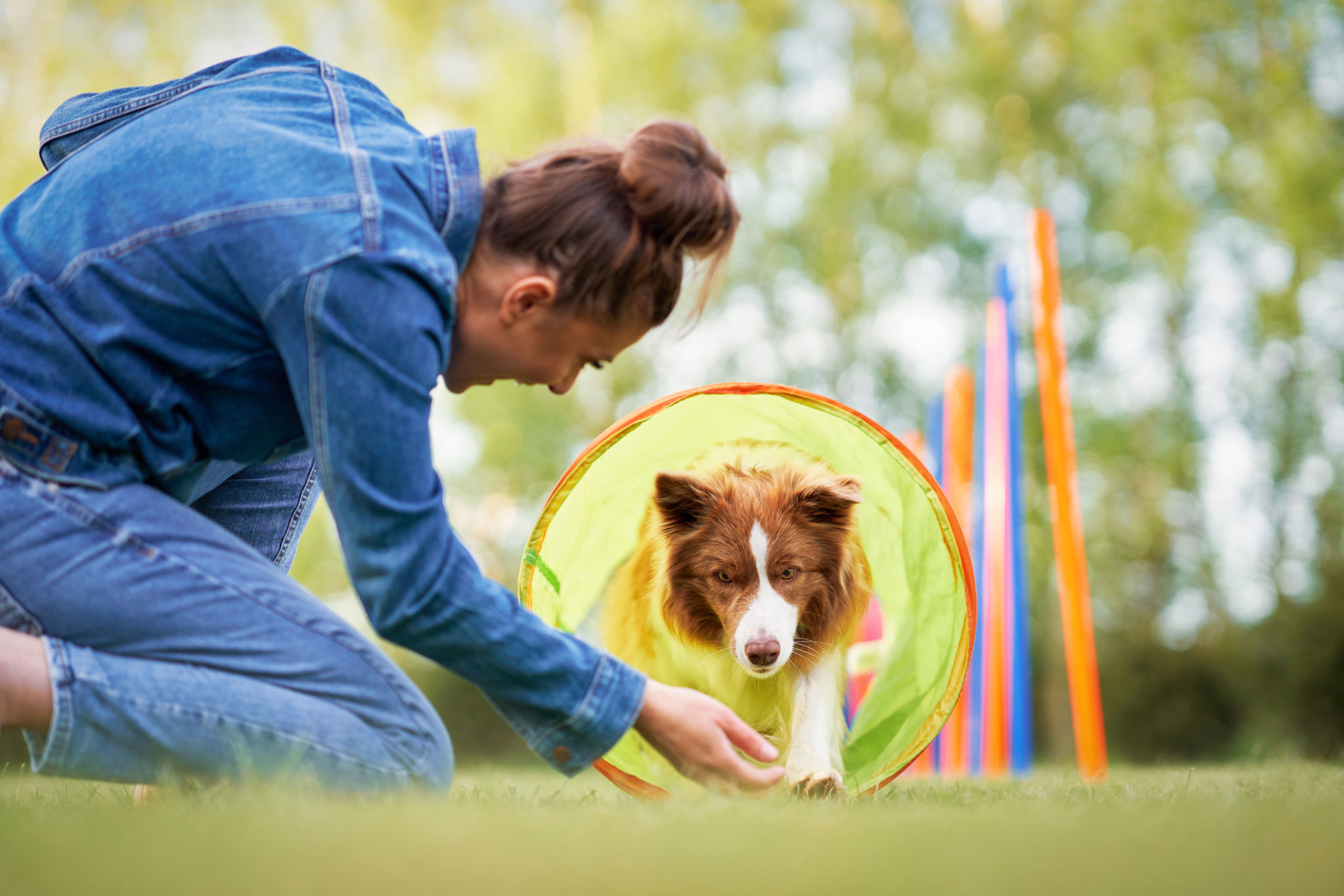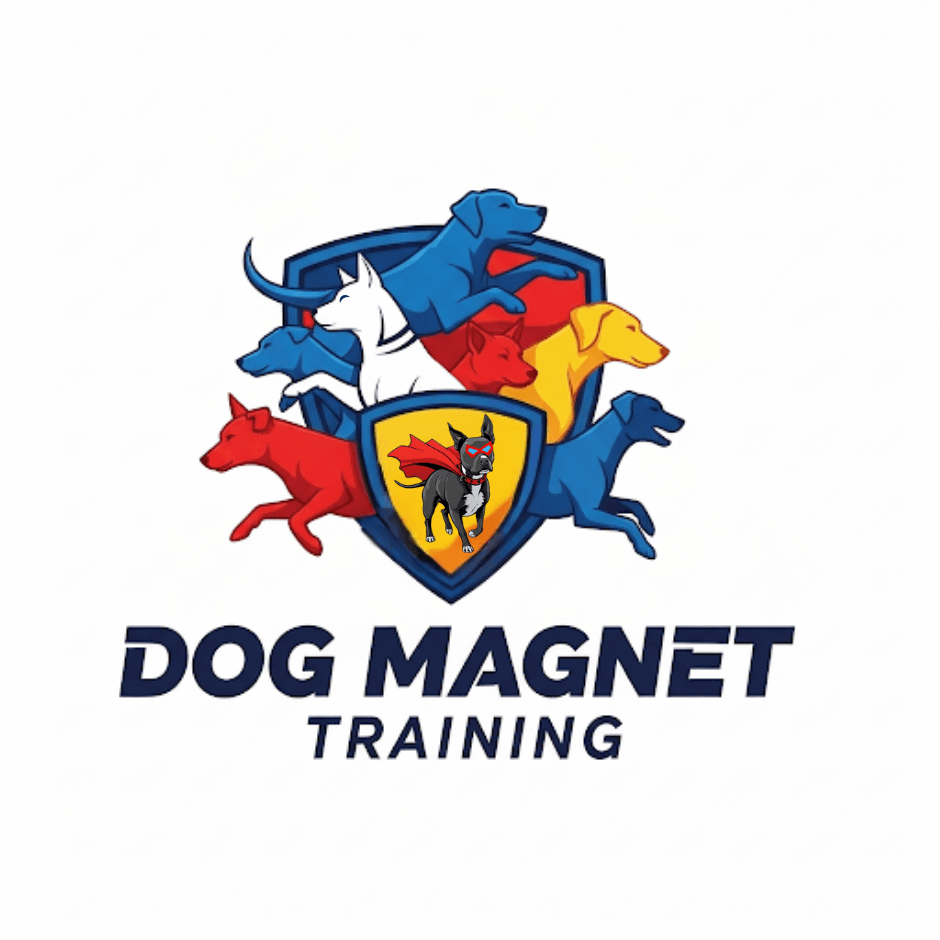DIY Dog Training Techniques: Tips from Salt Lake City's Experts
Understanding Your Dog's Behavior
Training your dog at home can be a rewarding experience, but understanding your dog's behavior is the first crucial step. Recognizing signs of stress, excitement, and curiosity can greatly enhance your training sessions. Dogs communicate through body language, and learning to interpret these signals can help you tailor your training techniques effectively.
Experts in Salt Lake City emphasize the importance of observing your dog's reactions. For instance, a wagging tail may not always signify happiness—it can also indicate excitement or anxiety. Paying attention to these nuances will help you create a more balanced and effective training environment.

The Power of Positive Reinforcement
One of the most effective DIY dog training methods is positive reinforcement. This technique involves rewarding your dog for good behavior, reinforcing the idea that good actions lead to positive outcomes. Treats, praise, and playtime are all excellent rewards.
Experts suggest starting with simple commands like "sit" or "stay." When your dog successfully follows a command, immediately reward them. Consistency is key; the more often you reinforce behavior, the quicker your dog will learn.

Choosing the Right Treats
The type of treats you use can significantly impact the success of your training. Opt for small, low-calorie treats that are easy to chew. This ensures your dog can quickly consume them without losing focus on the task at hand. Some trainers in Salt Lake City recommend using a variety of treats to keep your dog engaged and excited.
Creating a Training Schedule
Establishing a routine is essential for effective dog training. Dogs thrive on consistency, and a regular schedule helps them understand what is expected. Designate specific times each day for training sessions, ensuring they are short and enjoyable to maintain your dog's interest.
A typical session might last between 10 to 15 minutes. This duration is long enough to teach new skills without overwhelming your pet. Remember to be patient—every dog learns at their own pace, and persistence will pay off.

Incorporating Play into Training
Training doesn't have to be all work and no play. Incorporating playful activities into your sessions can make learning more enjoyable for both you and your dog. Games like fetch or hide-and-seek can be used to teach commands such as "come" or "find it."
Salt Lake City trainers often highlight the benefits of using toys as rewards, particularly for dogs that are more motivated by play than by treats. This approach not only strengthens your bond but also keeps training sessions lively and fun.
Addressing Behavioral Issues
Dealing with behavioral issues is a common challenge in DIY dog training. Whether it's excessive barking, chewing, or jumping, it's essential to address these problems with patience and consistency. Experts recommend redirecting negative behaviors to positive ones by offering alternatives and reinforcing good actions.
For example, if your dog tends to chew on furniture, provide them with a suitable chew toy instead. Praise and reward them when they choose the toy over other items. This method helps in gradually modifying unwanted behaviors.

Seeking Professional Help When Needed
While DIY training can be highly effective, there may be instances where professional assistance is required. If you encounter persistent issues or feel overwhelmed, don't hesitate to reach out to a certified dog trainer in Salt Lake City. They can provide personalized guidance and advanced techniques to address specific challenges.
Remember, successful dog training is a journey that requires patience, understanding, and commitment. By applying these expert tips and techniques, you're well on your way to nurturing a well-behaved and happy canine companion.
